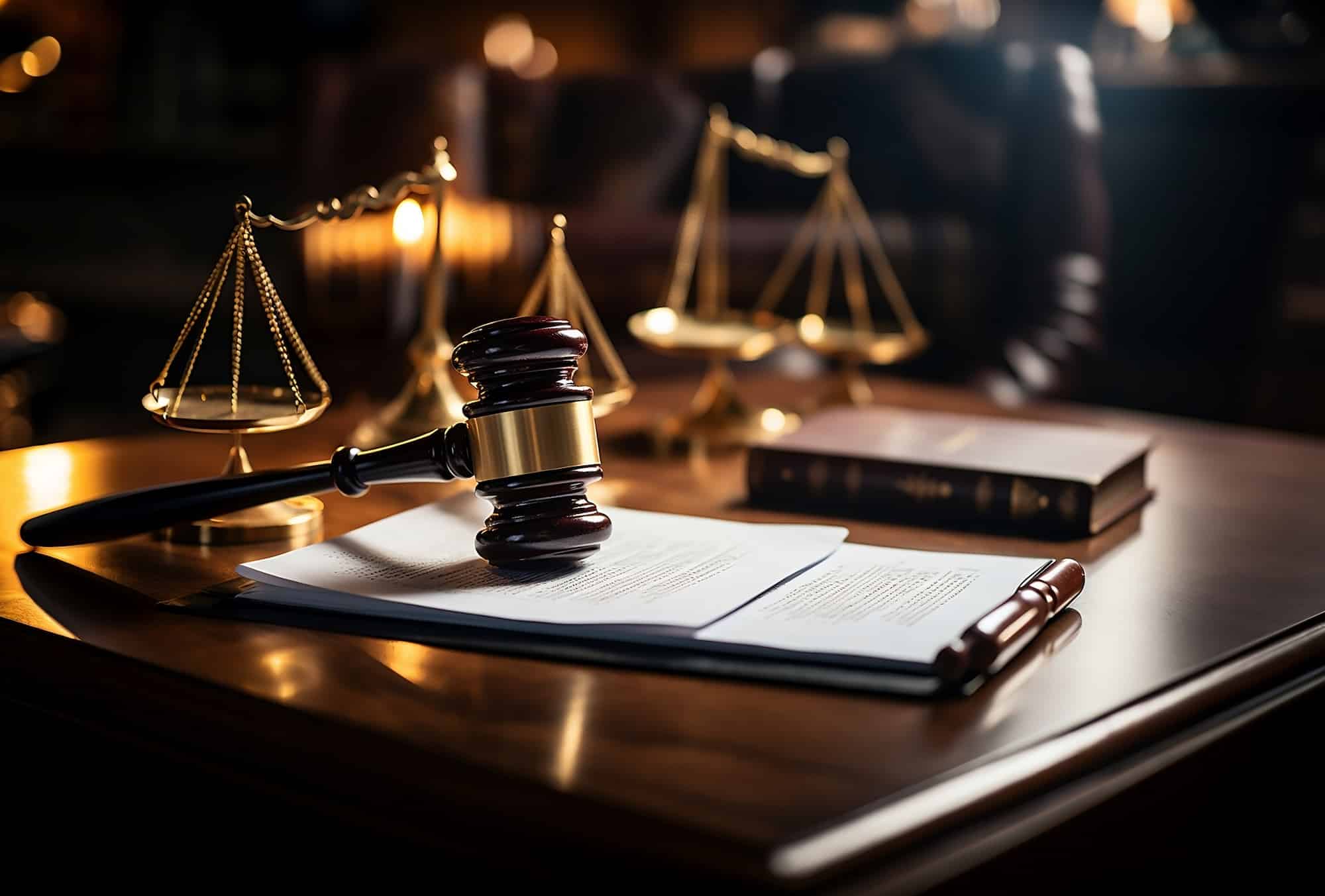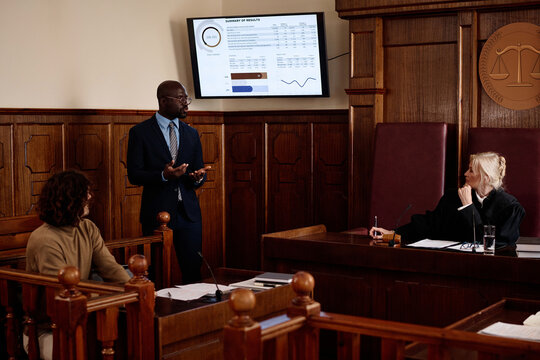The Function of Aesthetic Help in Effective Trial Presentations: An Overview for Lawyer
The Function of Aesthetic Help in Effective Trial Presentations: An Overview for Lawyer
Blog Article
Browsing the Complexities of Test Presentations: Tips for Seamless Shipment and Engaging Disagreements
In the world of lawful process, the art of trial presentation stands as a crucial factor of success. The complexities intrinsic in test discussions need a fragile equilibrium of technique, finesse, and skill.

Comprehending Test Purposes
To effectively navigate a trial, it is important to have a clear understanding of the goals that require to be attained. Prior to tipping right into the courtroom, legal teams must define their goals and desired outcomes. These objectives act as directing principles throughout the trial, shaping techniques and influencing decision-making processes.
Comprehending trial goals involves an extensive analysis of the case, legal precedents, and the client's ideal passions. Trial Presentations. It calls for a thorough exam of the realities, recognizing crucial problems, and expecting potential challenges. By setting quantifiable and particular goals, lawyers can customize their discussions and disagreements to line up with the desired outcomes
In addition, a clear understanding of trial purposes allows lawful groups to prioritize proof, witnesses, and lawful disagreements properly. It permits the advancement of a systematic story that resonates with the court and court, strengthening the overall instance presentation.

Organizing Evidence Successfully
Having a clear understanding of test objectives lays the structure for arranging evidence effectively in lawful procedures - Trial Presentations. By lining up the presentation of proof with the preferred outcomes of the test, legal groups can reinforce their disagreements and enhance their persuasiveness. One critical element of organizing proof is categorization. Organizing proof based on motifs or significance to specific lawful elements can aid improve the presentation and make complicated information extra digestible for the court or jury.
Another secret element in organizing proof efficiently is developing a logical flow. Offering evidence in a meaningful and consecutive manner can assist construct a compelling narrative that sustains the lawful arguments being made. Furthermore, making use of visual aids such as graphs, charts, or timelines can additionally boost the organization of evidence and help in making clear complex connections or sequences of occasions.
Moreover, ensuring that all evidence provided is relevant and admissible to the situation is necessary. Inadmissible or irrelevant evidence can diminish the stamina of the disagreement and possibly damage the credibility of the here and now party. A careful evaluation and choice process ought to be carried out to include just the most legitimately audio and impactful evidence in the trial presentation.
Crafting Persuasive Stories
Crafting compelling stories plays a pivotal duty in providing influential disagreements throughout legal process. When building a story for a trial discussion, it is essential to establish a clear story that highlights key factors and attaches them in a meaningful fashion. By weaving together proof, testimony, and legal debates into a convincing and natural narrative, legal specialists can efficiently support for their clients and enhance the chance of a beneficial result in the court room.
Grasping Aesthetic Help
Effective use aesthetic help is key to improving the effect and quality of trial presentations. Visual help, when made use of strategically, have the power to simplify complicated his comment is here info, enhance bottom lines, and leave an enduring impact on the court and court. To master visual aids in trial presentations, it is vital to make certain that they are clear, succinct, and relevant to the arguments being made.
When incorporating visual aids, such as charts, graphs, timelines, or photos, right into a trial presentation, it is vital to maintain them aesthetically appealing yet expert. The visuals must match the verbal disagreements, offering a graph of the information being discussed without overwhelming the target market with unneeded information.
Additionally, experimenting the aesthetic aids beforehand is crucial to make sure a seamless delivery during the test. Acquainting oneself with the material, shifts, and timings of each visual help can assist preserve the flow of the discussion and protect against technological glitches that might emerge.
Providing Impactful Closing Disagreements
A compelling closing debate serves as the end result of a trial discussion, encapsulating the core narrative and encouraging the judge and jury in the direction of a beneficial choice. Begin by describing the major arguments that support your customer's position, highlighting why the evidence provided throughout the test supports your narrative.
In addition, incorporating psychological allure can even more strengthen your closing debate. By connecting and humanizing the case on a personal level with the decision-makers, you can evoke compassion and understanding, affecting their understanding of the truths offered. Additionally, repeating the lawful standards that should be satisfied for a desirable judgment can reinforce the credibility of your setting. Inevitably, a well-crafted closing debate should leave a long lasting perception, compelling the discretionary to regulation in your customer's support.
Final Thought
Finally, grasping trial presentations involves understanding objectives, arranging proof, crafting visit site stories, making use of aesthetic aids, and delivering impactful closing arguments. By implementing these strategies Clicking Here effectively, lawyers can offer their instance effortlessly and make engaging disagreements in the courtroom. It is essential to browse the complexities of trial discussions with accuracy and skill to achieve success in lawful procedures.
By lining up the presentation of proof with the preferred results of the trial, lawful teams can strengthen their debates and improve their persuasiveness (Trial Presentations). To master aesthetic help in trial discussions, it is vital to make sure that they are clear, concise, and pertinent to the disagreements being made
A compelling closing debate serves as the culmination of a test presentation, enveloping the core narrative and persuading the court and jury in the direction of a positive decision. Begin by laying out the primary debates that support your customer's setting, emphasizing why the proof provided throughout the test supports your story.In final thought, understanding trial discussions includes understanding goals, arranging evidence, crafting stories, utilizing aesthetic aids, and providing impactful closing debates.
Report this page